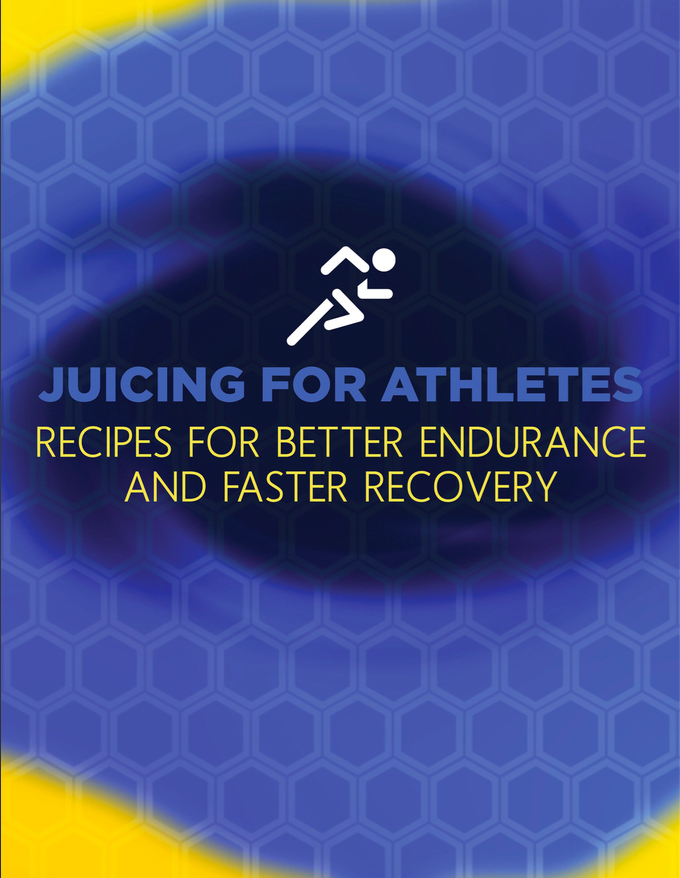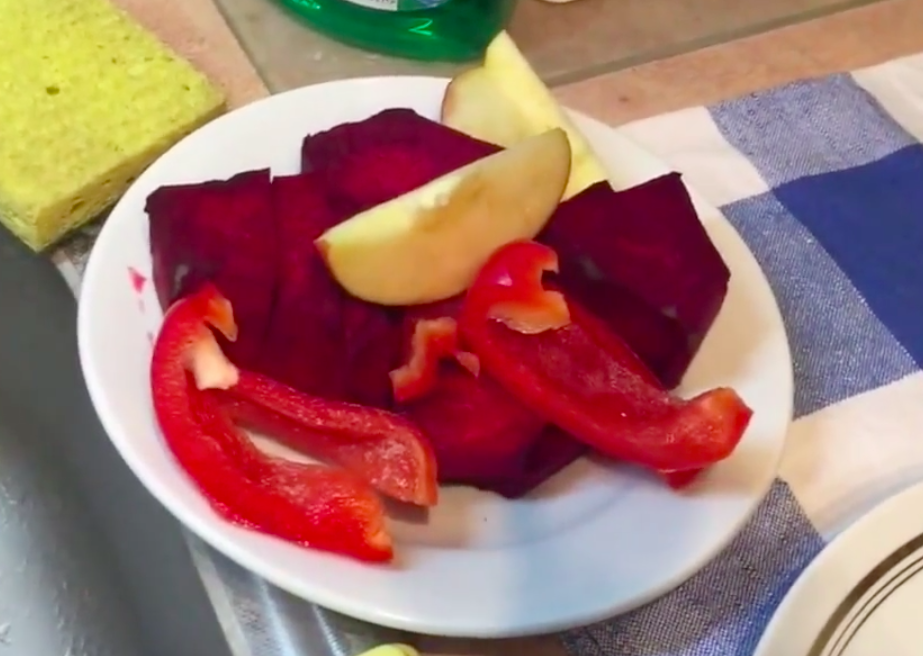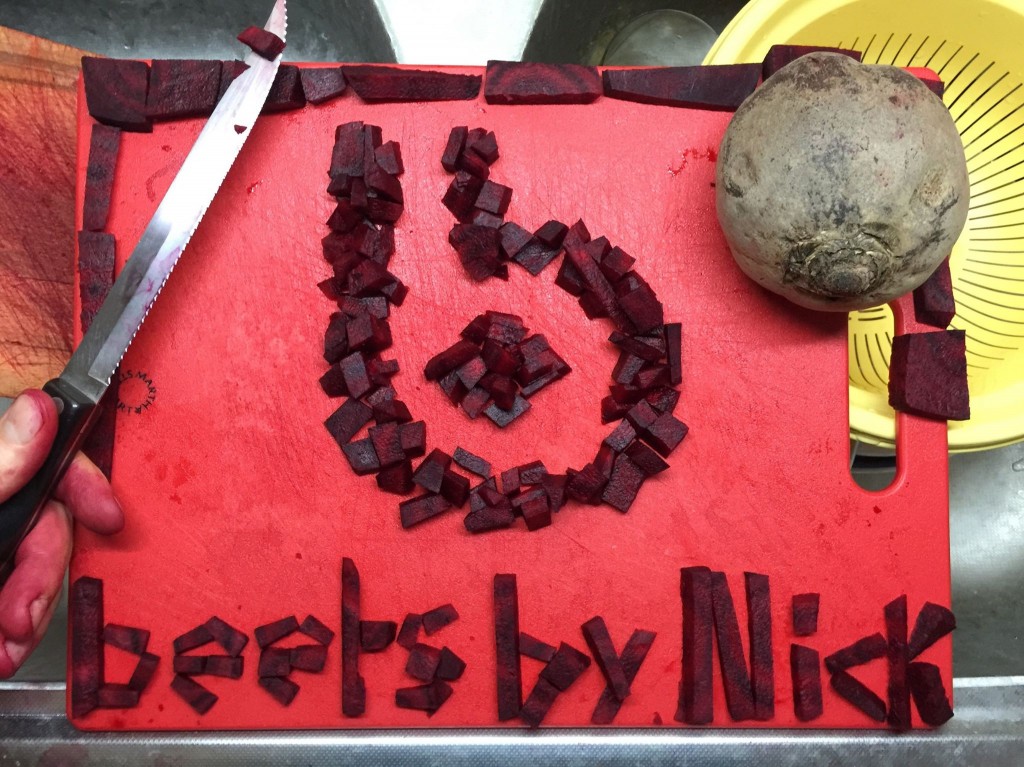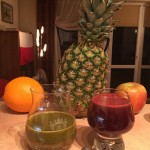I’m proud to announce that I’ve become an affiliate of Fit Juice and I endorse the Fit Juice Trilogy written by Mike Cernovich.
A while ago I told you about my experience with juicing and showed you how I juice in Warsaw.
I was introduced to juicing a few years ago through Mike Cernovich, founder of Danger & Play a site that has had a profound impact on my over the past several years. It’s one of the few that I still read (and listen to through the podcast) regularly since “unplugging”, “swallowing the red pill” and rediscovering my long-dormant masculinity.
The benefits of juicing are tremendous, from a vastly improved immune system (I haven’t been sick in the 18 months I’ve been juicing), glowing complexion (I’ve gotten many positive comments on my tan skin, which is more the result of juicing carrots than tanning), and increased athletic performance and recovery, the focus of this review.
Juicing for Athletes: Recipes for Better Endurance and Faster Recovery is one part of the Fit Juice Trilogy, which also includes Juicing Power and Juicing for Men, which I will review in the near future.
The focus of Juicing for Athletes is maximizing the intensity of your workouts and effectively recuperating from them. As Mike writes, “The best juice for exercise such as weight lifting, yoga, and cycling is beetroot juice. Beetroot juice causes the body to produce more nitric oxide (NO), which improves blood flow and increases muscular endurance.”
I regularly drink beet juice before my gym workouts. Beet juice allows me to lift weights more intensely and creates a natural “pump” that takes my sessions to a new level.
When you start juicing beets or other vegetables, don’t overdo it, your body isn’t used to consuming the nutrient dense liquid you are creating, it’s totally different from the “juice” (mostly water and sugar) that sits on a shelf in the store for weeks or months. Drinking four to eight ounces of juice in a day is plenty in the beginning.
Mike recommends juicing 1/4 or 1/2 of a beet to start. You can also add an apple, celery and/or carrots to augment the specific flavor of beet juice.
I’m personally not a fan of pure beet juice, but I can tolerate it because I recognize the awesome effect that it has on my body. Mike goes into this a bit, but we need to get rid of the idea of things having to “taste good” as the highest arbiter of their value. Many Americans are grossly overweight because they only eat what tastes good, instead of what is good.
Over time your brain will develop a new association between taste and nutritional benefit and you’ll literally feel sick when you eat or drink something thats laden with sugar or salt, and devoid of the “nectar of the gods” that comes out of your juicer.
Besides pure juice, Mike also suggests adding l-glutamine, creatine and BCAAs to make his “Blood of Life Workout Cocktail”. You can also include protein powder for an ultimate workout mix.
From my personal experience with juicing beets I’ve found that they are even more dense and fibrous than carrots. I suggest cutting the beets into smaller pieces to put less stress on your juicer. Mike doesn’t peel the skin from his beets which leaves a more “earthy” aftertaste, so you should experiment to suit yourself.
An annoying aspect of juicing beets is that they stain your fingers and anything else they contact. Since I usually make beet juice separately from my daily juice (usually consisting of spinach/kale, carrots, grapefruit, ginger, bell pepper, lemons, oranges, celery and tomatoes), I sometimes buy fresh beet juice to avoid the hassle of making it on top of my other juice.
Fresh beet juice will have a shelf life of only a few days. A decent helth food store, or an organic section of a supermarket are good places to check for fresh beet juice.
Besides extolling the virtures of beet juice, Juicing for Athletes makes the novel suggestion of jucing pumpkins (or including canned pumpkin in smoothies) as an alternative to beet juice for its similar effects.
Juicing for Athletes is just 20 pages in length, but is arguably more information-dense on the subject of juice and athletic performance than any other resource out there. Juicing for Men is 25 pages in length, containing information geared toward’s men’s health and juicing, while Juicing Power, a comprehensive resource on juicing for health and fitness, comes in at a whopping 179 pages.
The Fit Juice Trilogy, consisting of these three books in PDF format, can be purchased for the extremely reasonable price of $14.99.
Mike has already released a lot of this information for free on Fit-Juice.com, but the trilogy offers a comprehensive, refined product that will show you exactly how to become your physical best starting from the inside out.
I drink juice every day thanks to Mike, besides brushing and flossing my teeth twice daily, it’s my most consistent habit.
Juicing has dramatically changed my life for the better and it can do the same for you.







